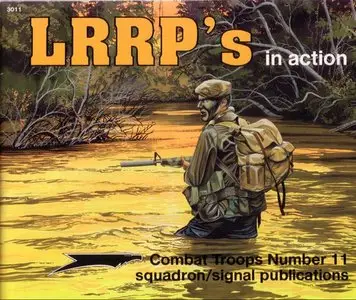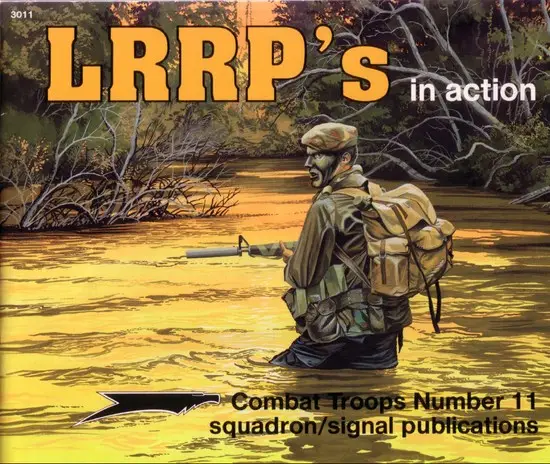LRRP's in Action (Combat Troops 11) By John Burford
Publisher: Squadron/Signal Publications Inc 1994 | 52 Pages | ISBN: 0897473132 | PDF | 23 MB
Publisher: Squadron/Signal Publications Inc 1994 | 52 Pages | ISBN: 0897473132 | PDF | 23 MB
The American Civil War saw the introduction of a new type of land warfare which made wide spread use of fortified defensive lines or trenches. This new form of land warfare gave birth to the static Front Line and a loss of mobility. It also created a glaring need for the commanders of both warring sides to see behind those lines and learn what moves their opponent was preparing for. In the American Civil War the observation balloon was one of the first technical ways for commanders to "see behind the lines." Another way to see behind the lines was not technical in nature, but rather used a quick hit and run reconnaissance by a small unit of cavalry. Neither attempt was met with great battlefield success, and the commanders of both armies fought their battles in the blind most of the time, lacking any real time intelligence of the enemy's intentions or dispositions. The First World War was another war of great trenches and once again new ways of gathering military intelligence were needed. The observation balloon was once again called to action, and a new tool of war, the airplane, was used to gather information on the enemies rear area. The commanders needed to know what was going on in the rear areas of their enemies so they could counter a move by the opposition and effectively direct artillery fire against enemy buildups. The infantry of the various combatants formed small units to infiltrate the enemy trench lines and gather information on the enemy. These actions; however, were of limited success and did not penetrate deep enough behind the lines to get all of the needed information. At the end of the First World War there still wasn't a fast, sure way to gather behind the lines information. The blinders were still on the commanders of the world's armies.
NO PASSWORD
!!!No Mirrors below, please! Follow Rules!
!!!No Mirrors below, please! Follow Rules!



